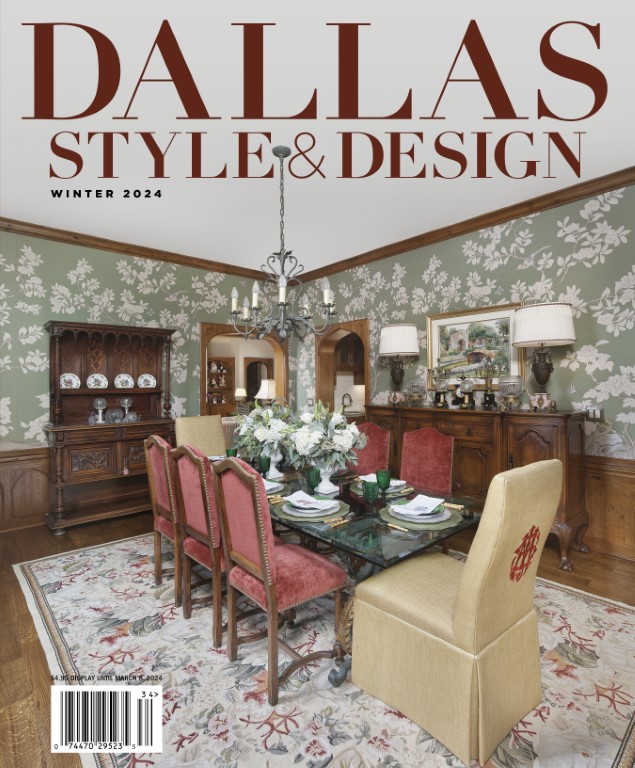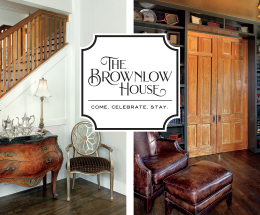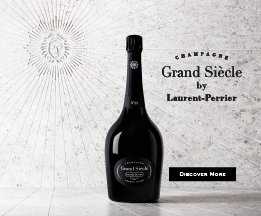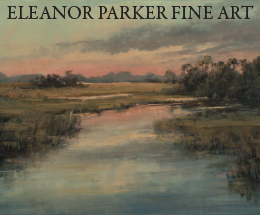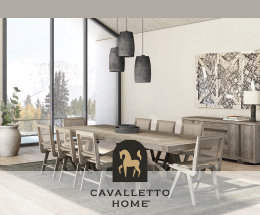
YOU THROW YOURSELF INTO IT, and you learn.” With that seemingly simple statement, James Dick might just as easily be summing up his lifelong passion for music, and ongoing profession as an internationally renowned concert pianist, as the nearly 50-year-long journey he has undergone as founder, creator and artistic director of the famed Round Top Festival Institute in the tiny rural town of Round Top, Texas.
Set between Austin and Houston, and a few hours drive from Dallas, the crown jewel of the Institute’s 200-plus acre campus, named Festival Hill, is the 1,000-seat Festival Concert Hall. That it exists is the result of 79-year-old Dick’s determination, even while he was a music student himself (first at the University of Texas and later at London’s Royal Academy of Music on a pair Fulbright Fellowships, and privately under pianist Sir Clifford Curzon), to offer facilities for young local pianists to practice, live and be awakened to the possibility of musical careers.

Still in his 20s, and after years of struggling to find opportunities and venues for students to play (“We had to beg, borrow and lease venues and stages, and even had to borrow pianos,” he says), Dick established the Round Top Festival Institute as a nonprofit public education foundation in 1971.
Building a Dream Completed in April of 2007, after 20 years of inspired, meticulous and sometimes painstaking design, experimentation and construction, the Festival Concert Hall is truly a masterpiece. That it is now considered one of the most beautiful and acoustically perfect performance centers in the nation can largely be attributed to the vision and influence of Dick, along with managing director Richard Royall, who was involved every step of the way. But equally responsible were the efforts and dedication of a group of older, local German and Czech carpenters, many of whom spoke no English but had the benefit of experience on their side.

“It was a vision, a dream. There were no sketches, no formal drawings whatsoever,” recalls 63-year-old master carpenter Larry Birkelbach, who was enlisted to join the workers on the restoration of the 1885 William Lockhart Clayton House and the 1902 Menke House—two of the first buildings moved onto the Festival Hill site—at the age of 19, and who maintains the overall property to this day. “I drove out to the location with stencils, a fold-out wooden ruler with a section broken off and a hammer with nails driven into it to hold the head on,” he recalls with a chuckle. Following advice to keep his mouth shut and his ears open, he learned as he went—and excelled.
On the exterior, the hall’s limestone walls, washed copper roof and redwood-framed cupola are reminiscent of majestic 19th-century European halls. Inside, grand staircases and handcrafted chandeliers further the reference. But it’s the attention to detail and the unique artistry of the Concert Hall’s ornate interior woodwork that provides both its profound beauty and phenomenal acoustics.

At 2,200 square feet, the stage floor is topped with Canadian maple, four layers of CDX plywood cork, Masonite and concrete. Suspended by 600 steel rods, the ceiling contains 310 sheets of birch plywood. A large star on the ceiling is made from 720 pieces of wood; 124 octagons on the ceiling contain a total of 32,000 pieces of wood. And each piece of the 5 miles of curved molding consists of five separate pieces bent into place, one at a time.
“Think of yourself as being inside a huge musical instrument, like a cello, totally surrounded by wood on the walls, the ceiling, and with a 20-foot attic space up above,” Birkelbach says. “It’s where the resonance comes from.”

“We didn’t hire any acousticians,” professes Dick. “We listened to music while we were building, and said, ‘Let’s try this. Let’s see what happens.’”
All of the woodwork was done on-site. With computers not available at the time, details and examples of patterns in a book for the 110 different panels on the balcony faces were taken to a local printer, who made transparencies that were then placed on overhead projects to be viewed. “As carpenters, we were in heaven,” Birkelbach says. “We were given a challenge. Everything was a new adventure. People have no idea how much thought went into the building of that one room.”

Fast-Forward 50 Years
Today, in addition to highlighting the talents of nearly 100 of the finest young classical musicians—from this country and abroad—at the annual Round Top Music Festival, the Institute is dedicated to providing intensive training for advanced instrumentalists as they pursue professional careers throughout their lifetimes. The campus encompasses 18 buildings, including the William Lockhart Clayton House and the Menke House, which now house faculty offices, teaching facilities and concert rooms. The back of the Concert Hall houses the Institute’s offices, as well as the Arts and Architecture Library. Combined with rare trees, gardens, herbal collections, fountains and unique landscaping, Round Top has evolved into a year-round destination for visitors from around the globe.

Facing the 50th anniversary, Dick reflects: “We wanted to build a place that would be here forever, that would inspire people and honor the natural elements of the land. It’s not just an aural place, it’s a visual place. We are very proud that we had the foresight and interest to accomplish what we did. In many ways, it feels like, how did this happen all of a sudden? We can’t quite comprehend how the years go by so quickly. It takes our breath away.” As does the music.

__
Linda Hayes is an Aspen, Colorado-based freelance writer specializing in architecture, design and the luxury lifestyle. Her articles have appeared in LUXE, Hawaiian Style, Elle Decor and Mountain Living.

